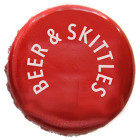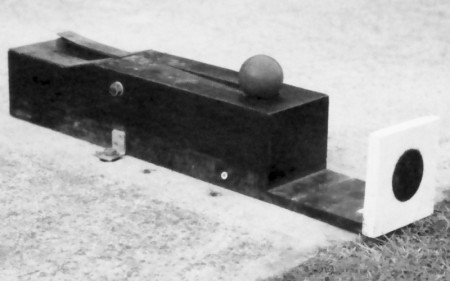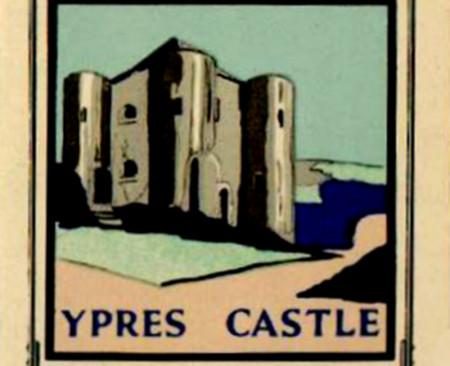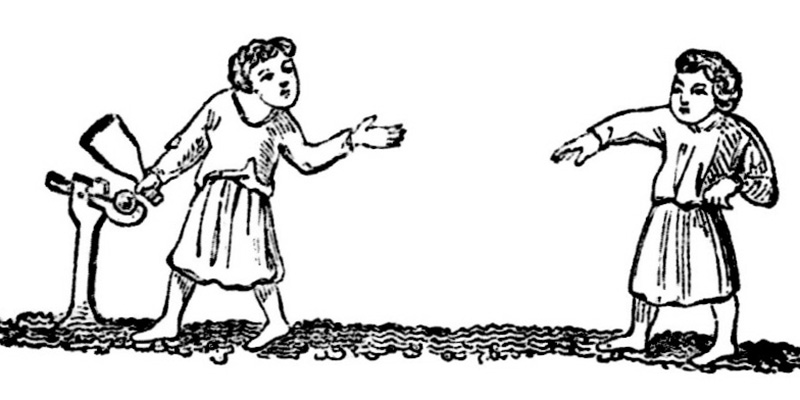This week Beer and Skittles takes a look at a very old pub game known as Bat and Trap. This game is the last survivor of a whole family of games that involves the launching of a ball into the air by mechanical means before it can be struck.
Bat and Trap dates back to at least the 14th century, when it was called Trap Ball and might even date earlier, to Viking times.
It is known to have been played by Rye fishermen in the Ypres Castle garden from the 1850s, which is one of only two examples of the game being played in Rye that has come to light. The other was in Crown Fields behind the Crown.
Bat and Trap requires two teams of up to eight players — one team batting and the other bowling. The game involves placing a heavy rubber ball on one end of a “trap”, which is a low wooden box 22 inches long, five inches wide and five inches high, on top of which is a simple see-saw mechanism. Each batter in turn hits the opposite end of the lever (the “striker”) with a bat, so as to propel the ball into the air, and then attempts to hit the ball between two high posts situated 13 feet six inches apart, at the other end of the pitch, 21 yards away.

The opposing side stand behind and between the posts attempting to catch the ball before it hits the ground. The batsman is out if the ball is caught or if he or she fails to hit the ball between the posts at a height not exceeding seven feet. After each successful hit, a fielder aims the ball at the “wicket”, a five-inch square target at the end of the trap. If the bowler hits the wicket the batsman is “bowled out”. If the bowler does not succeed, the batsman scores one run and continues to play. Once all the members of the first batting team have played, the batting and bowling teams change places.
The game survives in a pub called the Bat and Ball in Brighton, where matches are played every Good Friday. The origins of the Brighton game are thought also to stem from fishermen. (Reference: Played at the Pub by Arthur Taylor)

The Pubs of Rye, 1750-1950, by David Russell is available in Rye from the Heritage Centre, Adams, the Queen Adelaide, or online.



